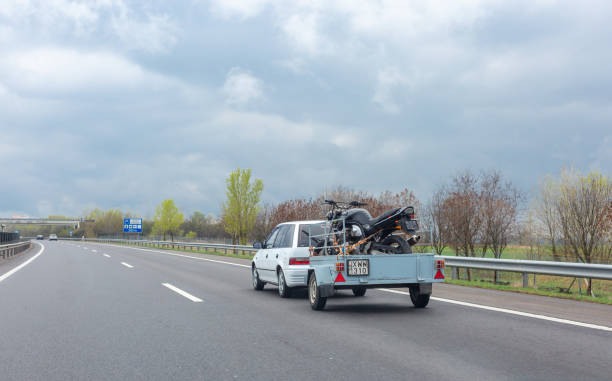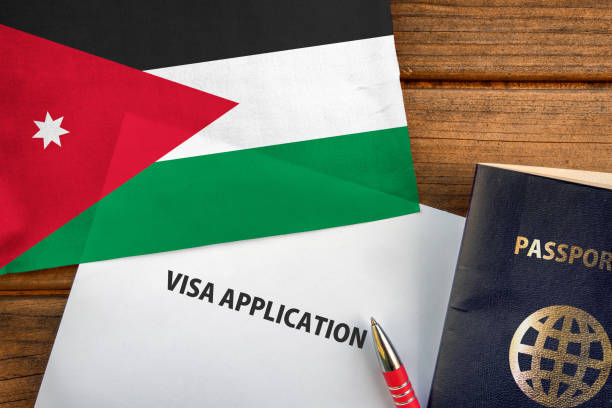Motorcycle towing requires specialized equipment and techniques to ensure safety and prevent damage during transport. Choosing the right tow equipment for your bike is essential, whether you’re handling an emergency situation or planning long-distance transportation. With a variety of options available, it can be challenging to determine which method best suits your needs. This guide will help you understand the critical factors involved in selecting the right tow equipment for motorcycles and the advantages of using a professional motorcycle towing service.
Understanding Motorcycle Towing
Unlike towing cars, motorcycles require tailored equipment and handling due to their smaller size, unique structure, and the lack of four-wheel stability. Using improper towing methods can result in costly damage to your bike’s body, wheels, or suspension system. Selecting the appropriate tow equipment ensures the safety of your motorcycle and the efficiency of the towing process.
Key Factors to Consider
1. Type of Motorcycle
The make, model, and weight of your motorcycle significantly influence the choice of tow equipment. Larger bikes, such as touring motorcycles or cruisers, require robust and heavy-duty towing solutions. Lighter bikes, like dirt bikes or scooters, may need less heavy-duty gear but still require careful handling.
2. Distance of Transport
Short-distance towing may allow for simpler equipment, such as a motorcycle tow dolly, while long-distance transport often demands advanced solutions like flatbed trailers or enclosed trailers for enhanced protection.
3. Weather Conditions
In adverse weather conditions, equipment that provides full protection, such as an enclosed trailer, is often the safest option. This ensures your motorcycle is shielded from rain, snow, or debris during transport.
4. Frequency of Use
If you frequently need to transport your motorcycle, investing in high-quality, versatile tow equipment may be more cost-effective than relying on ad-hoc solutions.
5. Safety Features
The safety of your bike is paramount. Tow equipment with secure straps, wheel chocks, and tie-down points ensures the motorcycle remains stable throughout the journey.
Types of Tow Equipment for Motorcycles
1. Motorcycle Tow Dolly
A tow dolly is one of the simplest and most affordable options for transporting motorcycles. It lifts the front wheel of the bike while the rear wheel remains on the ground. Tow dollies are compact, lightweight, and ideal for short-distance towing. However, they are not suitable for motorcycles with drivetrain issues or long-distance hauls, as the rear tire’s continuous contact with the road can cause wear and tear.
2. Flatbed Trailers
Flatbed trailers are a versatile and popular choice for motorcycle towing. They allow the bike to be entirely lifted off the ground and securely fastened using tie-down straps and wheel chocks. Flatbed trailers are ideal for long-distance transport, offering excellent stability and protection from road hazards.
3. Enclosed Trailers
Enclosed trailers provide the highest level of protection for your motorcycle. These trailers shield the bike from weather conditions, road debris, and prying eyes, making them the best choice for high-value or vintage motorcycles. While enclosed trailers are more expensive and require additional space, they are worth the investment for ensuring maximum security.
4. Motorcycle Carriers
Motorcycle carriers are mounted to the back of a vehicle, allowing the bike to be secured and transported without a separate trailer. They are a compact and convenient option for lightweight motorcycles. However, carriers are not suitable for larger bikes or long-distance towing due to their limited load capacity.
5. Hydraulic Lifts
Hydraulic lifts are advanced tow solutions often used by professional motorcycle towing services. These lifts provide a smooth and stable way to load motorcycles onto trailers or flatbeds, minimizing the risk of scratches or damage during loading and unloading.
6. Wheel Chocks
Wheel chocks are essential for securing a motorcycle in place during transport. They prevent the bike from rolling or shifting, ensuring stability. High-quality chocks are a critical component of flatbed or enclosed trailer setups.
Why Choose a Professional Motorcycle Towing Service?
While some riders prefer DIY towing, a professional motorcycle towing service offers several advantages that ensure the safety and security of your bike:
- Expert Handling: Professionals are trained to handle various types of motorcycles and towing equipment, reducing the risk of damage.
- Specialized Equipment: Towing companies invest in top-notch equipment, such as hydraulic lifts and enclosed trailers, to cater to different needs.
- Insurance Coverage: Most professional towing services provide insurance, offering peace of mind in case of unforeseen incidents.
- Convenience: Hiring a towing service saves time and effort, especially in emergencies or long-distance transport situations.
How to Properly Secure a Motorcycle During Towing
Regardless of the tow equipment you choose, securing the motorcycle correctly is critical to prevent accidents or damage.
- Position the Motorcycle: Ensure the bike is centered on the trailer or tow dolly to maintain balance.
- Use Quality Straps: Invest in durable, adjustable tie-down straps to keep the bike in place.
- Secure with Wheel Chocks: Use wheel chocks to stabilize the front wheel and prevent movement during transport.
- Tighten Straps Properly: Avoid overtightening, as this can damage the bike’s suspension. However, straps should be firm enough to keep the bike immobile.
- Double-Check Connections: Inspect all attachments and connections before beginning the journey to ensure everything is secure.
Common Mistakes to Avoid
- Using Inappropriate Equipment: Not all towing equipment is suitable for every motorcycle. Always match the equipment to the bike’s specifications.
- Failing to Secure the Bike Properly: Improperly fastened motorcycles are at risk of tipping over or sliding off the towing platform.
- Neglecting Weather Protection: For long-distance towing, always consider equipment that shields the bike from environmental damage.
- Overloading Carriers or Trailers: Exceeding weight limits can compromise safety and damage both the motorcycle and towing equipment.
DIY vs. Professional Towing
While DIY towing may seem cost-effective, it comes with risks, including improper handling and inadequate equipment. For riders unfamiliar with towing techniques or dealing with valuable motorcycles, hiring a professional motorcycle towing service is often the safer and more reliable option.
Conclusion
Choosing the right tow equipment for your motorcycle is a crucial decision that affects the safety and success of the transport. Consider factors such as your bike’s size, transport distance, and weather conditions to select the most suitable solution. Whether you opt for a tow dolly, flatbed trailer, or enclosed trailer, ensuring proper handling and securing techniques is essential. When in doubt, a professional motorcycle towing service offers the expertise, equipment, and peace of mind needed for hassle-free transportation.




